As your puppy grows older it is possible that you will notice new behavior issues appearing that are affecting the training they’ve had previously or are currently undergoing. You’ll need to correct these issues whenever you can since the longer you permit unintentional behavior to continue, you’ll be more difficult will be to fix. Do not assume that this is just an occasional occurrence and that your puppy will eventually grow from it. This isn’t always the situation. If you implement a few new methods, you will be able to help your dog to change its behavior and build a stronger bond between you and them.
The commands your puppy has to understand
There are several important commands that are necessary for puppies to be taught. These include such as: sit, stay and calm, or even down and dropping. Certain behavior patterns will make your dog more comfortable to manage and more enjoyable to spend time with, for example, training them to move on a leash without pulling or pulling, and also teaching them to inspect their mouth ears, feet, paws, etc.
What are the advantages of having my puppy trained?

A dog that is well-trained will be a happy dog because its behavior will let them enjoy the freedom to pursue activities they enjoy, participate with its family, and feel more welcome in other places.
Training your dog will also give you the chance to have a relaxing time with each other, thereby strengthening the bonds between the two of you. It’s also a fantastic method of preventing your puppy from becoming bored.
How do dogs learn?
Puppies learn by associations, which means that if they receive an item or treat they love, for displaying the behavior they want to emulate, they tend to do it again. When this pattern is repeated as they develop, they will eventually be able to respond to your instruction or behave accordingly, without needing a reward.
Tips to train your puppy
- When you teach something new, make sure you begin lessons in a calm room far from distractions
- The reward must be something your dog enjoys so that they are motivated to strive for it.
- Be sure that your dog gets the reward within a minute of their positive behavior
- Keep your training sessions brief and sweet to avoid overburdening your dog.
- Be patient and don’t punish your dog for causing trouble or not adhering to the rules instructed to do.
- Complete your training with an instruction that your pet already understands, so it will end in a positive manner
- Make sure to use brief and concise commands that your puppy can recognize
All members of the household should be taught to follow the same rules and adhere to the same tips and rules for training.
Training the puppy how to sit
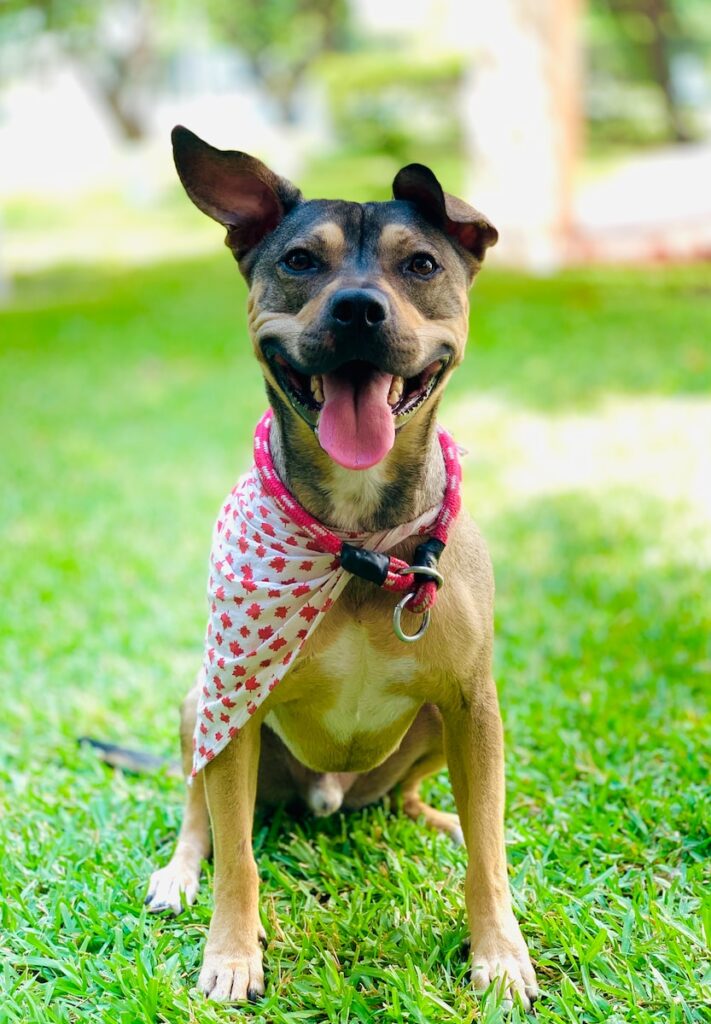
While you’re holding a treat place your hands over your puppy’s nose. Slowly move it upwards and above the head of your puppy, as if you’re trying to make them take a look at the sky or the ceiling. Repeat this process until your dog is ready to sit and follows the treat that you are holding in your hand. If your dog follows this, make sure you say”sit. “sit” to get them to think of their actions as the command.
Although your pup is able to sit It’s crucial to keep practicing and rewarding them for good behavior.
Teach your dog to stay
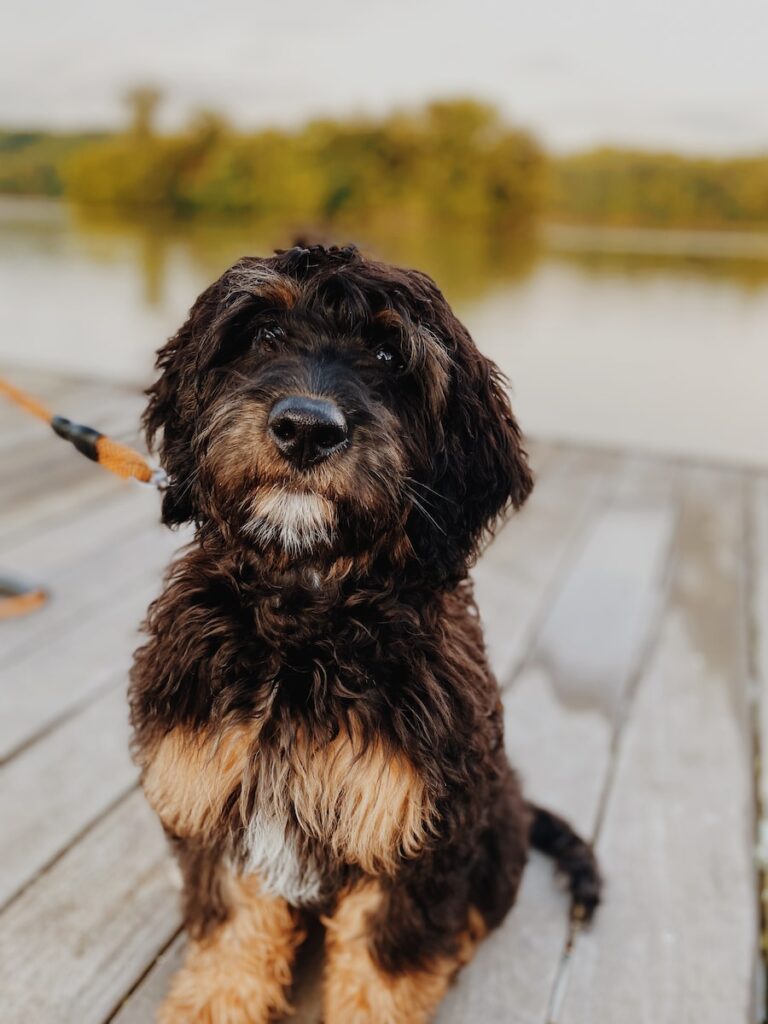
Ask your puppy to lie down or lay down, then use a cue verbal such as stay or ‘wait’ (be sure to use the same word each time) and an explicit hand signal. Putting your hand in the air with your palm down in front of your puppy could be effective and quickly recognized if they were not capable of hearing your commands.
Give your dog a reward after a couple of minutes and only if they remain at their place. Try this until you gradually increase the distances between yourself and your dog.
Your puppy should be taught not to leap.
Dogs can jump due to a variety of reasons, ranging from simply being excited to be around you or to signal that they’re worried about something. They should be taught that staying on their fours will earn their owners an identical amount of love and respect.
The next time your dog decides to jump on you, put your back on them and let them ignore your requests for attention totally. Once all four feet are on the ground, turn them around and reward them with a treat and praise their excellent behavior.
It is necessary to repeat this each when your dog is jumping at you. Do not abandon the task because consistency is the key to noticing an improvement. Be sure that your family members and friends are adhering to the same rules so that your dog understands that they are not allowed to leap at anyone or anyone.
Training your puppy to not drop things
This trick is divided into two stages.
Begin by placing a bit of kibble, or one of your dog’s favorite treats on the floor. Say”leave it,” or “drop it”. Your puppy will likely take the treat in and then look for more. Should they do so, try the same thing using this same method. Continue to do this until they’re all set to give an item as a reward.
The next step is to encourage them to play with toys for a few minutes and then throw a handful of treats on the floor as you tell them to take or drop the toy. Do not be enticed to remove the toy from their mouths but they must learn to let it go at the time they need to. Repeat this process until they’re ready to let go of the toy and reward them with snacks or snacks.
Training the puppy how to walk on its own without pulling
Going outside is an exciting experience for our pets regardless of their age It’s no surprise when they pull to make it to their destination. The excitement is likely to begin before even leaving the front door when you pull their collars or leash. If that’s the scenario, then you’ll be able to get them used to their usual items for walks. For this, take out the poo bag, leads or collar, or any other item that might make them excited and put them in the home. As if you were treating them like any other item or thing that doesn’t immediately mean you’re taking them for a walk and will help make the next steps a little less daunting.
If you are taking the walk together, you must stop when your dog begins to pull. After the lead is released, you can reward them with an indulgence. This will be a long and tiring process and walks could be a bit longer than normal but don’t lose hope. Make sure you keep them on track with their routine on each stroll and within a few months the puppy you have chosen will become an absolute delight walking on a leash.
Your puppy should be trained to allow you to look at them
A dog who is familiar with being handled can make visits to the vet and grooming appointments simpler for everyone, but it’s not without time and practice. Begin with something your dog enjoys, whether it’s an ear rub or belly rub. From there, slowly introduce different methods of handling. Cleaning your dog in your home from the age of a puppy will be helpful too.
If your dog exhibits signs of aggression, you’ll have to react immediately. Sometimes, it could be a sign of a medical issue However, it’s recommended to contact Joii to seek advice on behavior from one of their specialists. Joii recommends that your dog not play with children until you’ve obtained expert advice regarding the behavior.


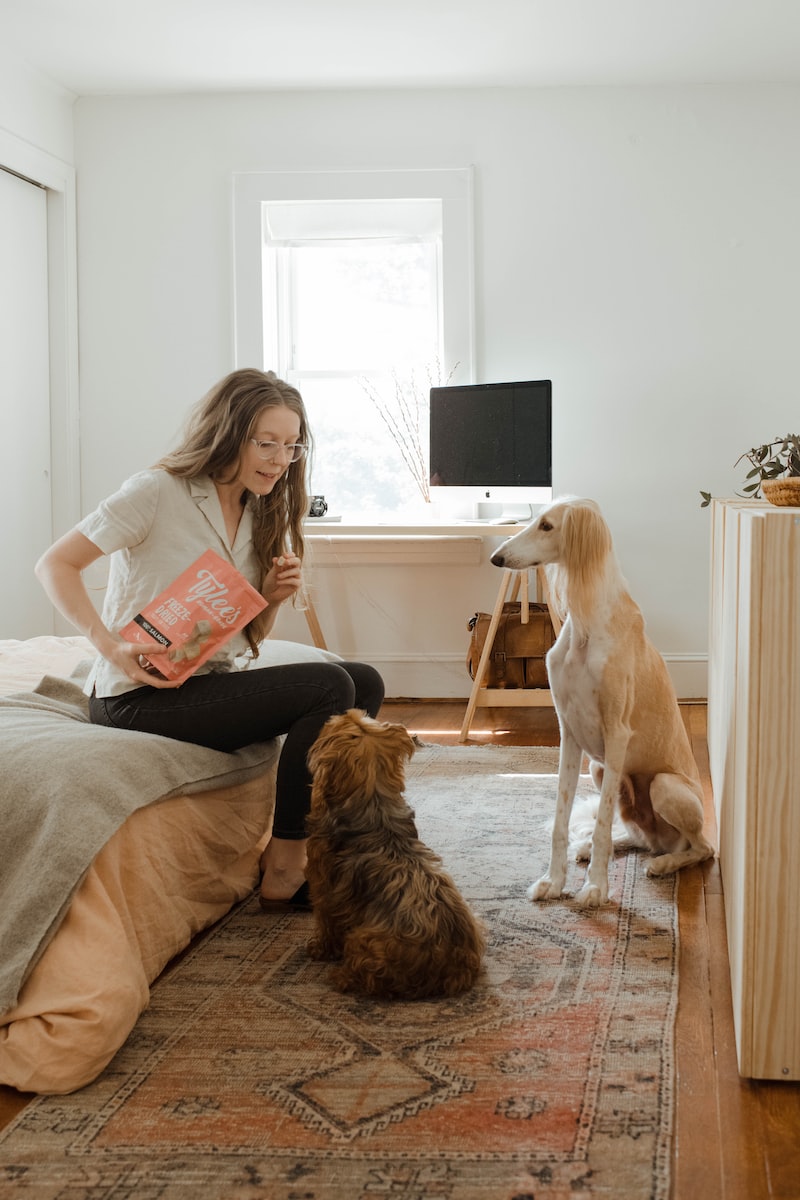
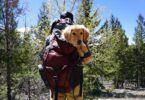
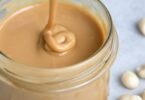



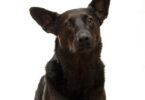
Leave a Comment